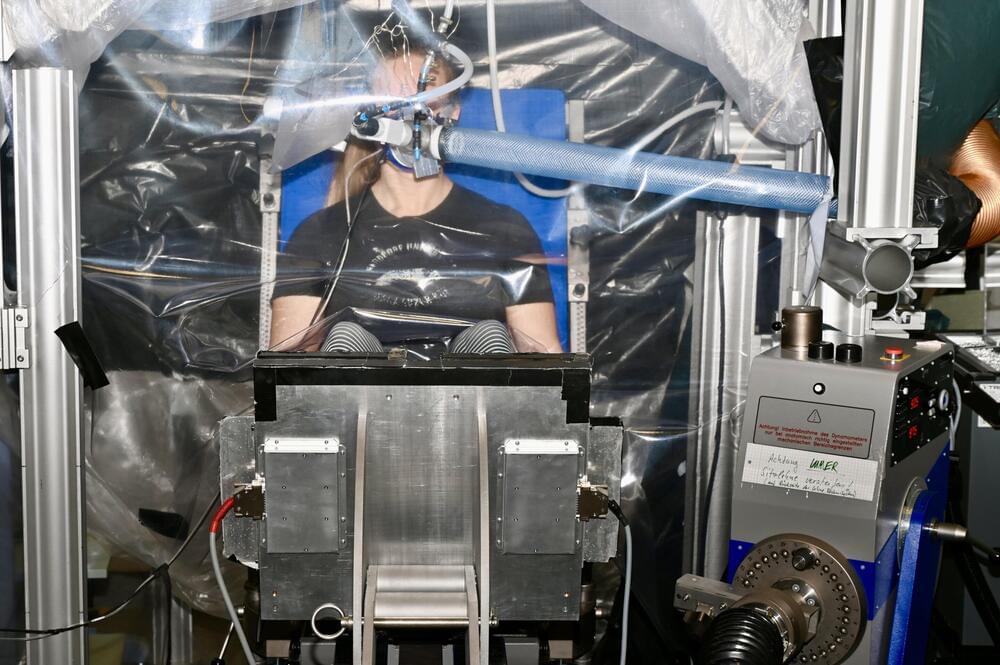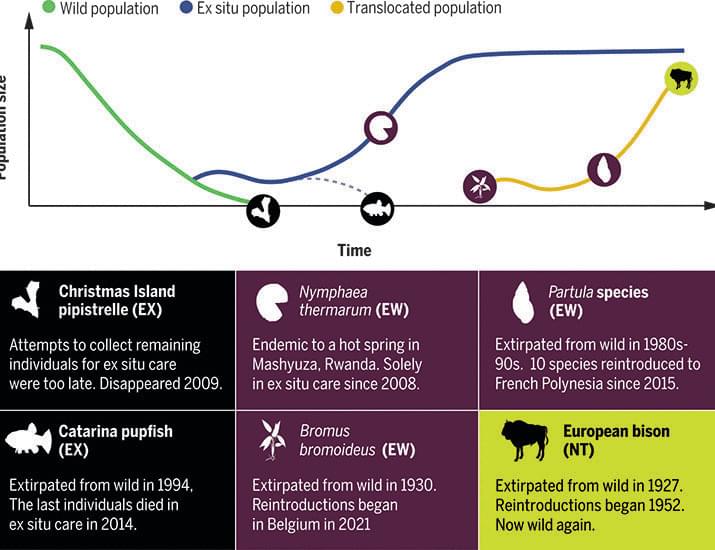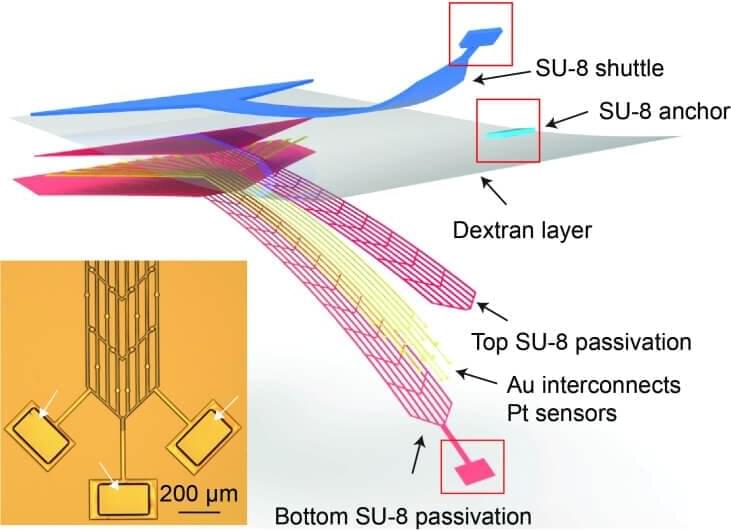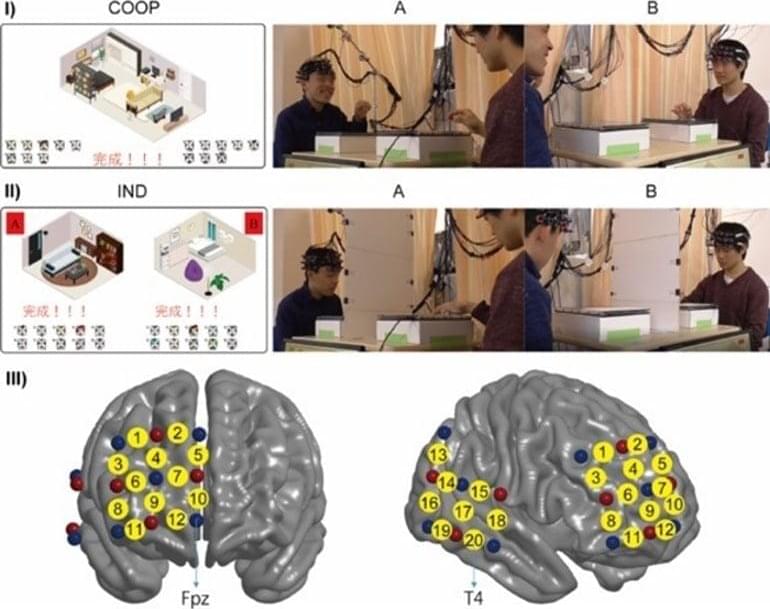A team of biology researchers from Universität der Bundeswehr, Technische Universität München and the University of Cassino and Southern Lazio, has found that people exhale more aerosols when engaging in endurance exercise than they do when engaging in resistance exercise. The study is published in the Proceedings of the National Academy of Sciences.
As the global pandemic has progressed, scientists across the globe have studied various aspects of the SARS-CoV-2 virus spread. One such area of study has been comparison of types of activities that are more or less conducive to transmission of the virus.
In this new study, the researchers looked at exercise options and their related risk. Going to gyms to exercise is a popular way to keep in shape. But doing so can put people at risk from both airborne and surface viral and bacterial infections.







